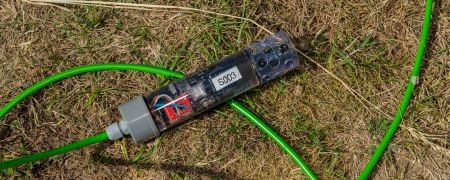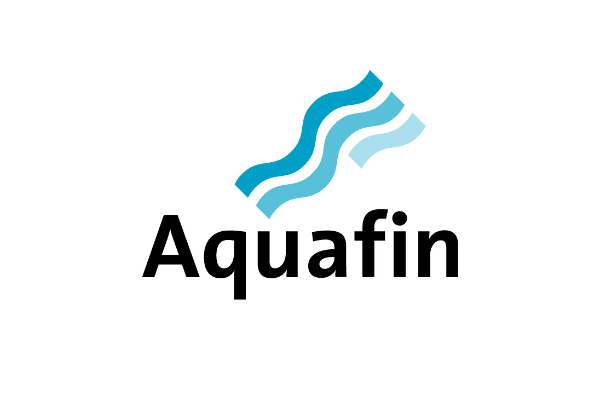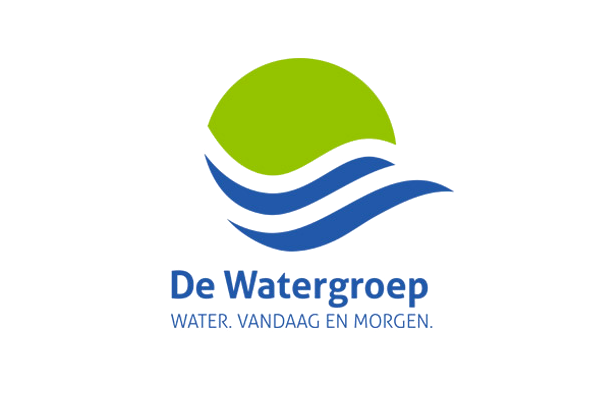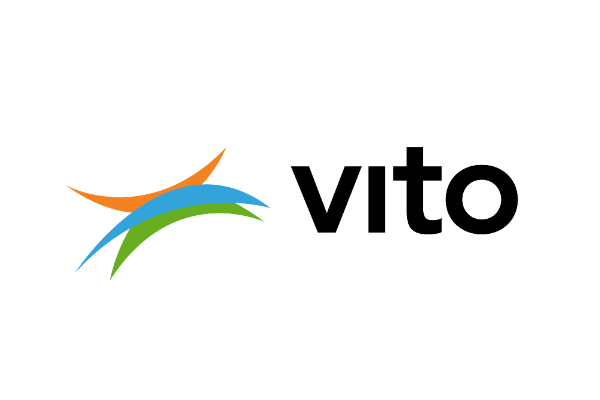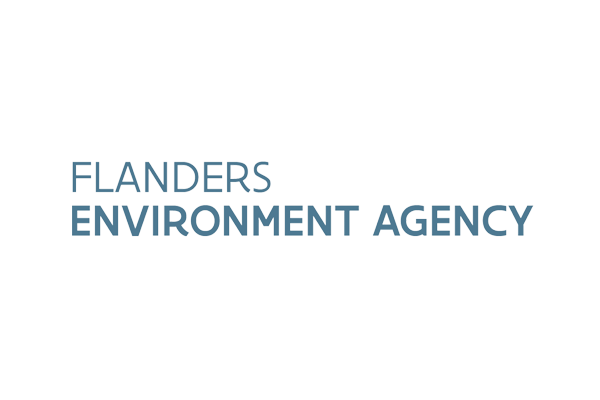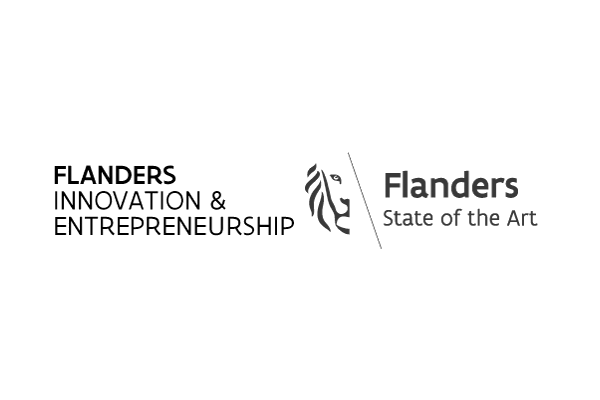The development of the IoW sensors is accompanied by testing, calibration, improvement, fine-tuning, etc. Multi-parameter probes from the VMM are somewhat of a big brother here: not only are they larger and more robust, but they also serve as a reference point and role model. And they challenge the little brothers once in a while! Get to know VMM’s multi-parameter probes and find out how they helped prevent an ecological disaster in Flanders this year.
In early April this year, a dike breach in Cambrai in France caused a large amount of dirt to end up in the Scheldt. An ecological disaster was imminent, including in Flanders. The entire fish stock in the Scheldt was in danger. They worked diligently for days and they succeeded: massive fish mortality was prevented. The VMM’s multi-parameter probes played a key role in this affair.
What do they measure?
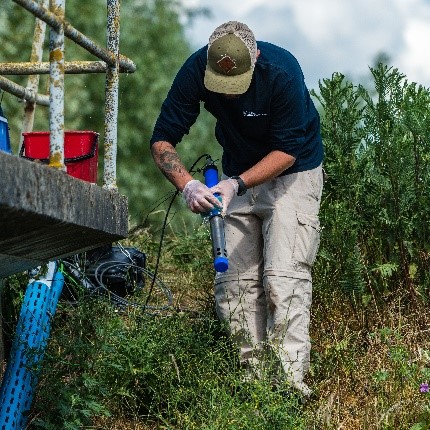
Multi-parameter probes measure standard pH, oxygen saturation, oxygen content, electrical conductivity and temperature. With the aid of advanced multilyzers, it is also possible to determine NO3-. Such an MPS can be linked to multi-samplers so that at an appropriate moment, triggered by the MPS, an automatic sample can be taken. The data is sent to VMM in real-time.
Ward De Cooman (VMM): “The MPS’s are hung in Flemish brooks and rivers to get more and better insight into our water quality. We also use them to monitor incidents linked to a warning, such as the pollution in April from France. The MPS monitors the oxygen content by taking a measurement every 15 minutes. With this information, emergency services could be managed so that 95% of the fish stock in the Upper Scheldt between Spiere and Ghent could be saved.”
MPS as a big brother
Ward De Cooman: “MPS’s provide a wealth of data. You’re constantly receiving new, accurate information, without necessarily having to go on site. This is a huge advantage in environmental incidents, for example. Although it remains important to take scoop samples and carry out field measurements in order to identify any environmental damage, we are now also deploying MPS’s. Those are linked to data-loggers and modems so that, even after working hours and during leave periods, potential incidents can be identified more efficiently.”
“With this continuous flow of accurate information and data, that means an MPS also provides ideal reference values for calibrating the IoT sensors to be developed and for testing the robustness of the new sensors in extreme conditions. Due in part to this IoT-technology, it will become possible to obtain faster and broader information about our watercourses, thus optimising water management.”
